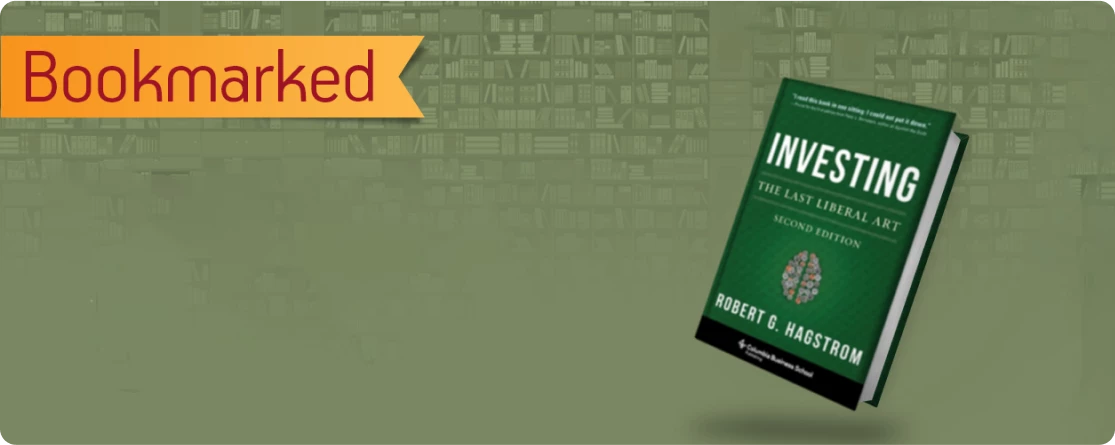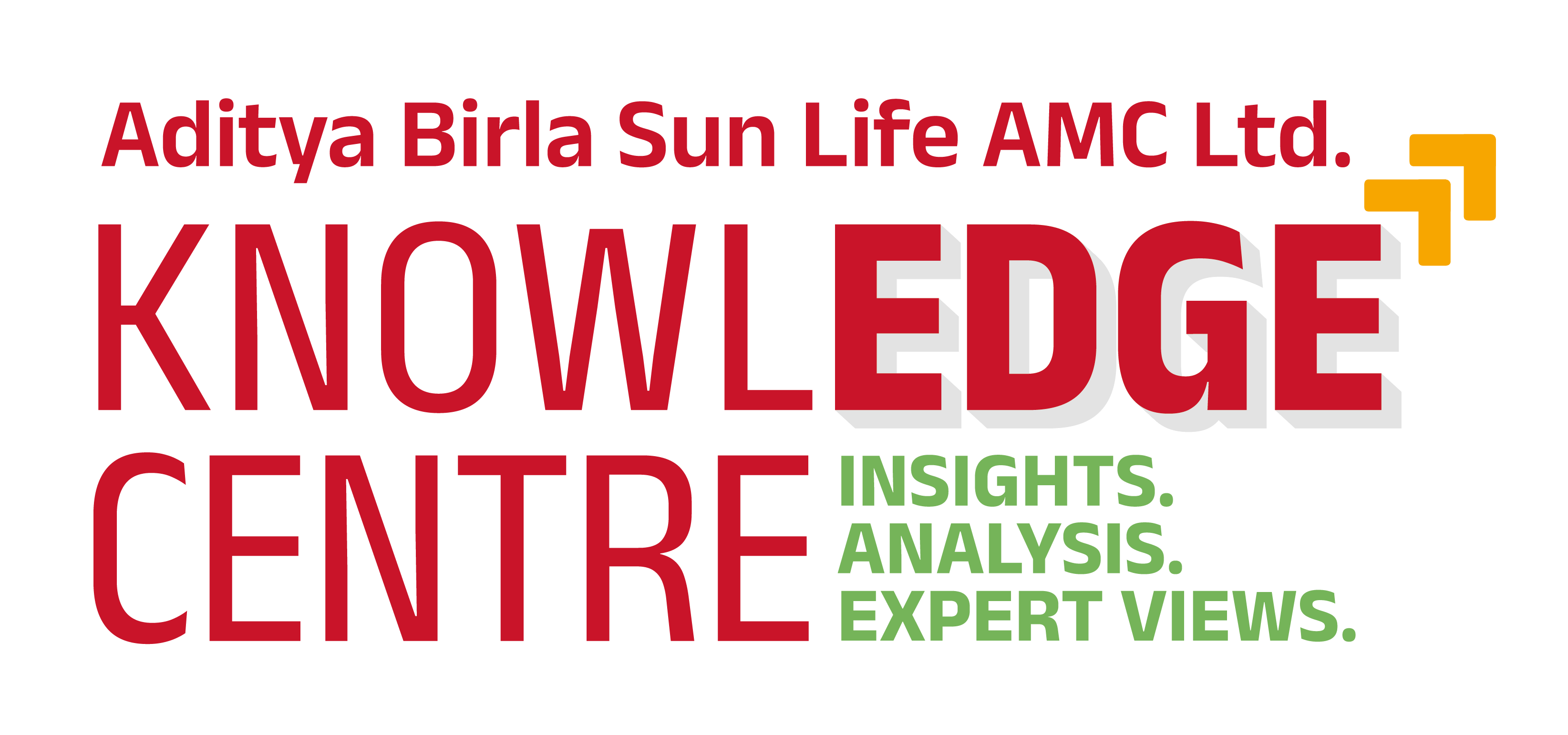-
Our Products
Our FundsFocus Funds
-
Self Care
Self-ServiceFind InformationWays To TransactPartner Solutions
-
Downloads
- Learnings
- About Us
-
More
-
Shareholders
-
Shareholders
-
Updates
-
-
SIP Calculators
- Back
-
Shareholders
Investing: The Last Liberal Art – Blending Logic, Psychology, and Strategy

Apr 21, 2023
4 Mins Read
 Amrita Panja
Amrita Panja
Listen to Article
In the book, Investing: The Last Liberal Art, author Robert G. Hagstrom takes inspiration from Charlie Munger’s concept of ‘a latticework of mental models’. Munger explains: “Models have to come from multiple disciplines because all the wisdom in the world is not to be found in one little academic department… Fortunately, it isn’t that tough because 80 or 90 important models will carry about 90% of the freight in making you a worldly-wise person.” According to this concept, a general knack to acquire knowledge from multiple disciplines can aid in building better mental models, as no one subject carries all the wisdom. This multi-discipline approach when applied to investing can result in better decision making. Hagstrom makes this the central premise of his book and explains how the big ideas from different complex disciplines can open one’s mind to see things differently. This in turn can be woven into one’s investment approach or mental model for investing. In the book, Hagstrom explores some fundamental theories from seven different subjects - physics, biology, sociology, psychology, philosophy, literature, and mathematics.
In the chapter on Psychology for instance, Hagstrom introduces us to Michael Shermer’s postulation on human belief system. According to Shermer, humans form their beliefs first and then go about looking for evidence that support them. Logic comes later. This ‘belief dependent realism’ is what Hagstrom links back to investing. He also discusses extensively Daniel Kahneman and Amos Tversky works focussing on behavioural biases.
In the biology chapter, he focuses on the core Darwinian idea of evolution and correlates the evolutionary framework of natural selection to how economic selection plays out. “Economics is essentially an evolutionary process”, writes Hagstrom while referring to economist Joseph Schumpeter’s argument that capitalism is never stationary but always evolving. This section broadly alludes to the fact that companies, industries and economies inevitably change, even if their pace may differ.
This book is not an investment 101 kind of manual or tells you how to invest. Rather it tells you how to think about investing, instead of getting entangled in a bunch of technical data. The purpose of the book as Hagstrom writes is: “developing the ability to think of finance and investing as one piece of unified whole, one segment of a body of knowledge”. It endorses widening one’s perspective to adopt a holistic approach towards understanding economics, financial systems and direct that to investment habits and decision making.
Let me sum up with the following excerpt from the book:
“But travelling more quickly down well-worn roads is not the answer. Rather, looking down from the calm heights of knowledge gained from wise men’s teaching is. Those who constantly scan in all directions for what can help them make good decisions will be the successful investors of the future.”
The views expressed in this article are for knowledge/information purpose only and is not a recommendation, offer or solicitation business or to buy or sell any securities or to adopt any investment strategy. Aditya Birla Sun Life AMC Limited (“ABSLAMC”) /Aditya Birla Sun Life Mutual Fund (“the Fund”) is not guaranteeing/offering/communicating any indicative yield/returns on investments.
Mutual Fund investments are subject to market risks, read all scheme related documents carefully.
You May Also Like
Loading...





 1800-270-7000
1800-270-7000










V S.GAMBHIRJ
6/22/2023 10:00:07 PM
Fine by